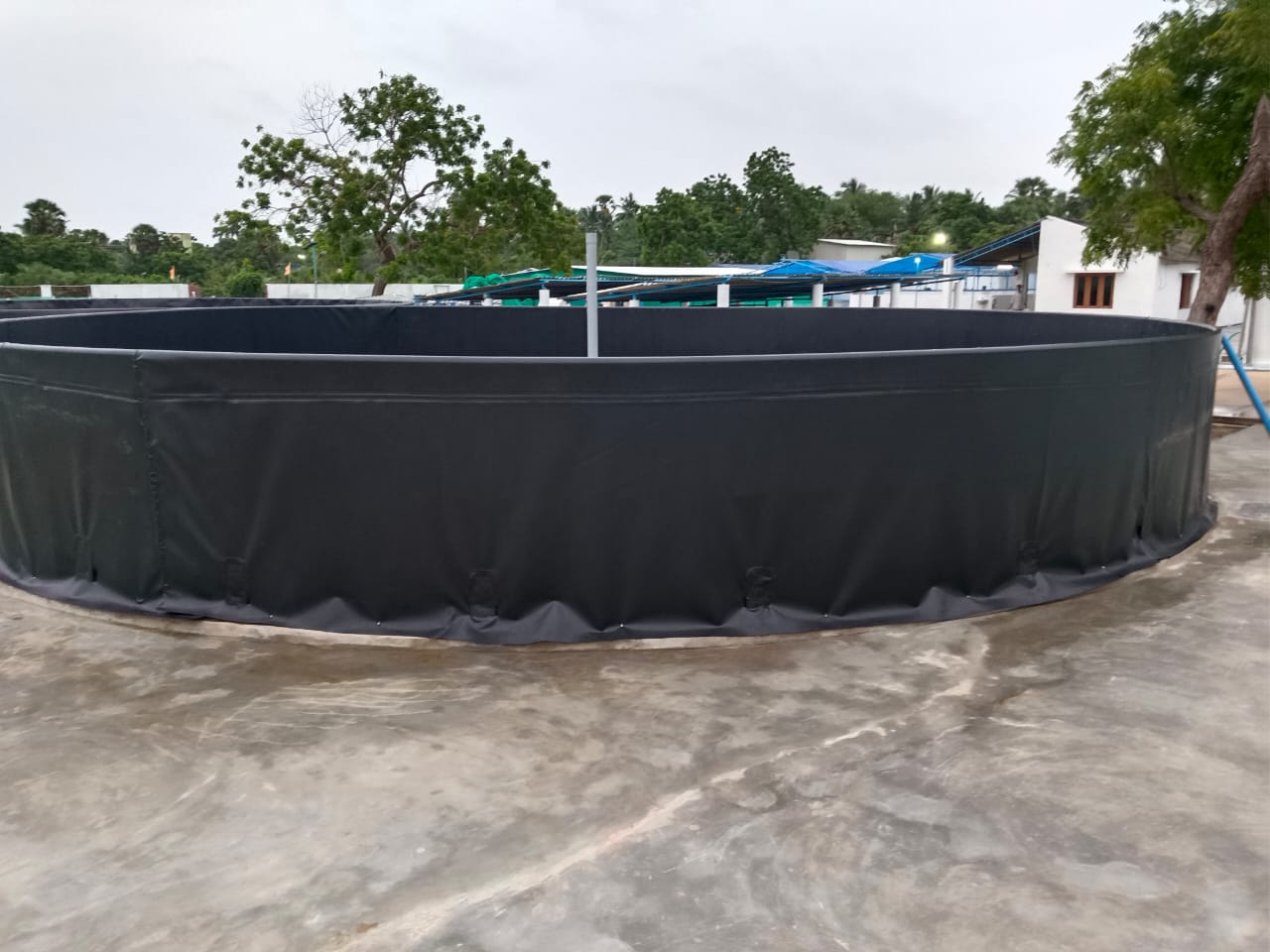
Hdpe Tanks
HDPE (High-Density Polyethylene) tanks are popular for storing chemicals, water, and other liquids due to their excellent durability and chemical resistance. These tanks are non-corrosive, making them ideal for holding aggressive substances like acids and alkalis. They are lightweight yet strong, which simplifies transportation, installation, and handling. HDPE tanks are UV-stabilized, allowing them to withstand outdoor conditions without degrading from sun exposure.
They are leak-proof and designed to prevent seepage, making them a reliable choice for industrial and agricultural applications. The tanks are also resistant to impact, providing long-term use without cracking or breaking under pressure. HDPE’s non-toxic nature makes these tanks safe for potable water storage. Their smooth inner surface prevents algae growth and makes cleaning easy.
They are available in various sizes and shapes, catering to diverse storage needs. Overall, HDPE tanks are a versatile, cost-effective solution for both commercial and domestic liquid storage requirements.
Advantages:
- These tanks can be utilized in each small-scale and commercial shrimp farming, both as part of a recirculating aquaculture gadget (RAS) or standalone units.
- Durability: HDPE tanks are notably proof against wear, UV degradation, and impacts. They can remaining for many years without huge wear and tear.
- Non-poisonous: HDPE is a food-safe cloth, making it appropriate for aquaculture. It doesn’t leach harmful chemicals into the water, ensuring the shrimp’s fitness.
- Easy to smooth: The easy surface of HDPE tanks makes them smooth to clean and preserve, supporting to prevent bacterial buildup and selling a healthier surroundings for the shrimp.
- Lightweight and portable: HDPE tanks are lighter than concrete or metallic options, which makes them easier to move and set up, mainly in huge shrimp farming operations.
- Temperature law: HDPE has insulating homes that assist preserve solid water temperatures, that’s essential for shrimp farming.
- These tanks can be utilized in both small-scale and business shrimp farming, both as a part of a recirculating aquaculture machine (RAS) or standalone units.
Types of HDPE Tanks:
- Round HDPE Tanks – Ideal for fish farming due to better water circulation.
- Rectangular HDPE Tanks – Space-efficient, used in intensive aquaculture systems.
- Modular HDPE Tanks – Can be expanded or connected for large-scale farming.
- Biofloc HDPE Tanks – Specifically designed for biofloc technology-based farming.
Applications:
- Fish Farming – Tilapia, Catfish, Carp, etc.
- Shrimp Farming – Used in intensive and RAS systems.
- Hatcheries – Breeding and larval rearing.
- Biofloc Culture – Ideal for high-density stocking.
- Live Seafood Storage – Used in seafood holding facilities.
Installation & Maintenance Tips
- Place on a level and stable surface to prevent deformation.
- Use PVC or HDPE pipes for water inlet/outlet connections.
- Regular cleaning with mild disinfectants to avoid biofilm accumulation.
- Keep the tank shaded or covered to reduce excessive algae growth.
- Monitor water quality parameters (pH, ammonia, oxygen levels) regularly.







